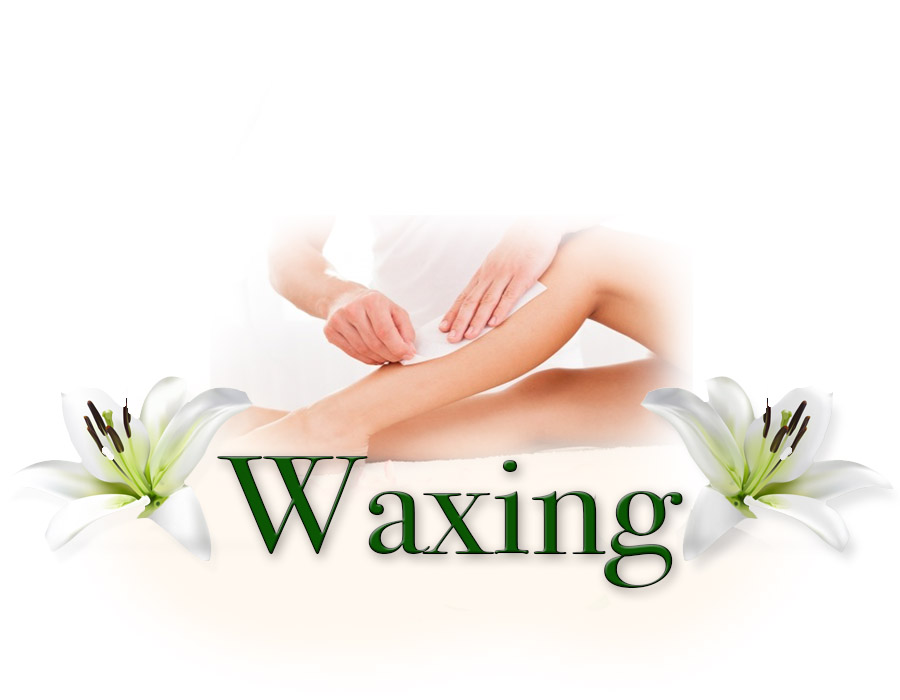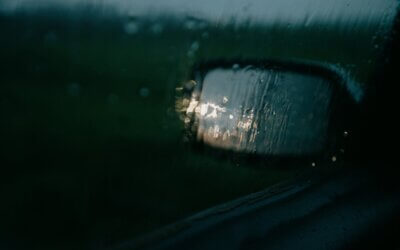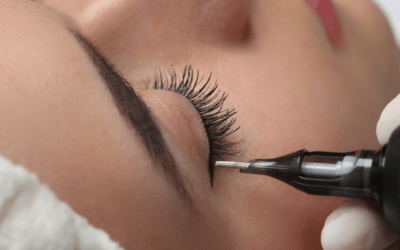We really pride ourselves on all the fantastic beauty therapists we’ve had the chance to work with. Edith is a real expert when it comes to facials and waxing. Here’s what a client said about her waxing skills: “The lady used a technique I’ve never heard of but it hurt less than the usual hard wax I’ve experienced.” We asked Edith to explain what her secret is, how you can best prepare for a wax appointment and how to look after your waxed areas after your treatment.
The secret to having all these lovely feedbacks from clients? I guess it must at least partly be down to the fact that I’m a qualified nurse, and body to me is something I understand and get on with. I’ve seen it all, from young to old, and I’m completely comfortable with it. My clients see this humility and appreciate my very personal and honestly kind approach. I enjoy putting them at ease and make them feel comfortable despite the seemingly un-comfy situation. There really is nothing to be ashamed of, we are all humans, after all …
Also, I’ve been doing waxing for 17 years, so I’ve got some professional experience on my hands, and this ‘technique’ my clients often refer to is in my view just a combination of expertise, speed and humility. I can’t describe it any other way really. I’ve had clients who wanted to capture it on their cameras, others leave an appreciative feedback – I’m still amazed whenever I read your reviews complimenting my skills, but at the same time, I’m confident that I can deliver in a speedy, professional and slightly less painful way.
My clients often ask me for personal advice before and after waxing. This is what I usually tell them.
Before your wax
- Make sure your hair is long enough so it can be removed completely from the roots. In my experience, the ideal length is somewhere around the 0.5cm mark. You don’t want it to be too long, as that would increase the pain, and too short is not good either as then it’s difficult for the wax to remove it all right from the roots.
- Don’t use any body lotion on the day.
- If you’re getting an intimate wax, make sure you are not on your period – your body becomes more sensitive on those days.
Immediately after your wax
It’s completely normal for a little redness and rash to appear right after waxing. It is usually due to histamine reaction. Histamines are chemicals your immune system makes to keep your body safe. They are part of your body’s defense system. As your body experiences waxing as a potential threat, histamine is produced and a prickly heat type rash may appear. As your body will discover that there’s no real threat involved, the inflammation will start to settle.
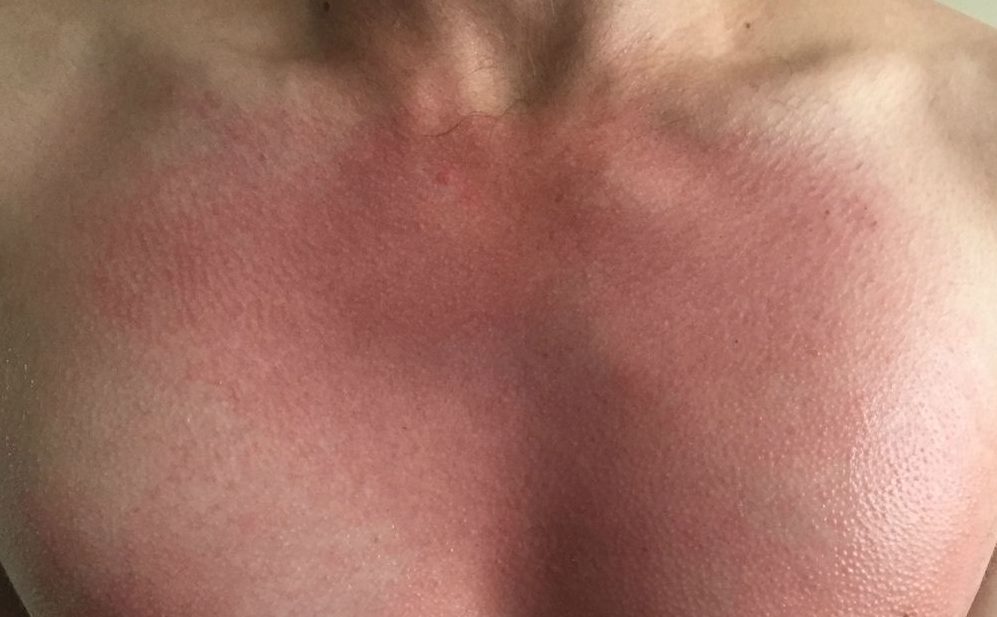
Dos and don’ts right after your wax:
- Avoid touching the waxed areas, other than with thoroughly washed, clean hands, to avoid cross-infection.
- No harsh soaps or acid based products should be applied in order to avoid irritation of freshly waxed skin.
- No hot shower for at least 48 hours. Keep your showers on the lukewarm, slightly cooler side, especially on waxed areas.
- No swimming in a chlorinated pool for at least 24 hours.
- No saunas or spa baths.
- No sunbathing or sunbed for at least 24 hours (prepare for your holiday and get your wax done 2 days before you’d leave …)
- No gym for 48 hours either. Your hair follicles are open and sweat is a breading ground for bacteria.
- Had an intimate wax? No sex for at least 48 hours.
- No synthetics. Wear looser clothing and natural fabrics like cotton, to help your skin breathe easy and calm down after treatment.
- Don’t apply any topical lotions for at least 12 hours, as fragrances and other substances may cause irritation in these extremely sensitive areas.
- If you do want to apply something to soothe the waxed areas, use a tea tree oil based product for it’s anti-bacterial qualities.
3-10 days after your wax
Your skin starts to close over follicles, so next you should pay attention to prevent ingrown hair (when new, softer hair gets trapped under the skin). Here’s what you can do that will also help to make your next wax a lot quicker and less painful.
Use an exfoliating glove or a soft brush, gently massage the waxed areas every 2 to 3 days. No need to scrub it too harshly, just exfoliate very gently.
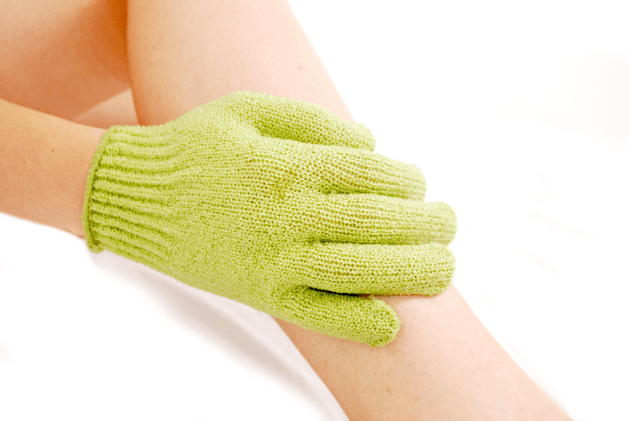 More waxing questions? Drop us a private message on Facebook and we will ask our beauty therapists for advice.
More waxing questions? Drop us a private message on Facebook and we will ask our beauty therapists for advice.
If it’s still too difficult to follow, and you are looking for a reliable salon to help you to do that, don’t hesitate to come to us, we are offering wax service.
Love,
Figaro London
PS: Make sure to follow us on our social media pages for more helpful advice, inspiration and the occasional bargain offers. Here they are: Figaro London’s Official Facebook page, Figaro London Beauty page – focusing on all things beauty and skincare related, Twitter, Instagram, Google+. Looking forward to seeing you there too.

